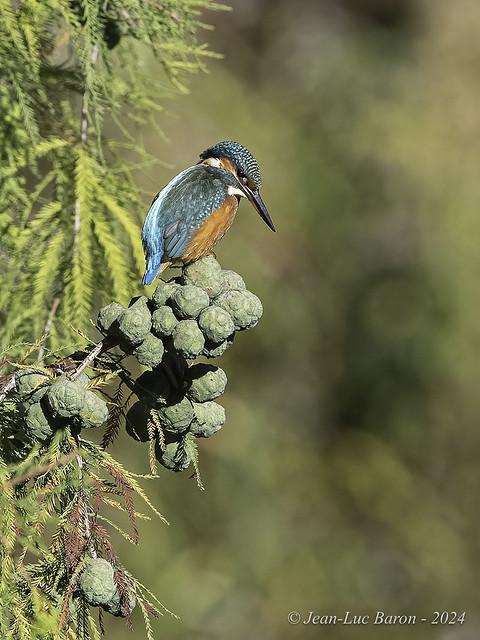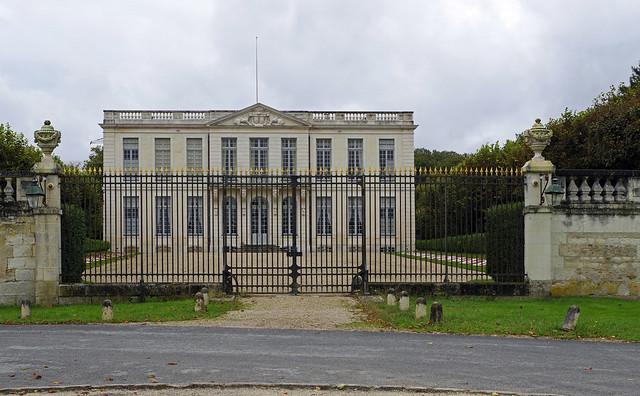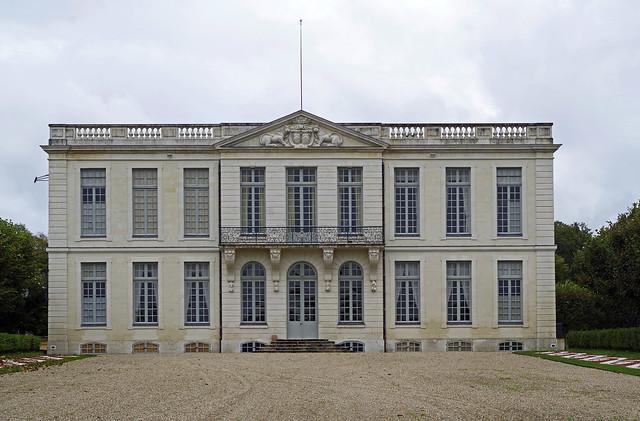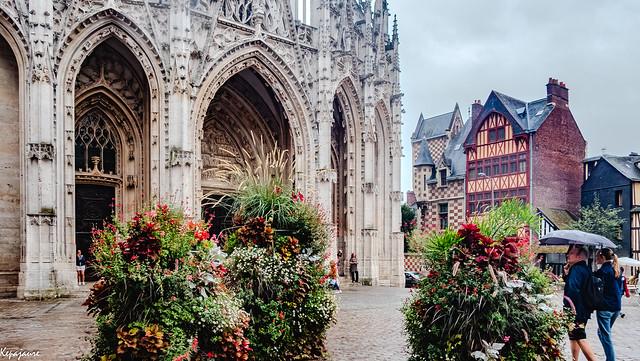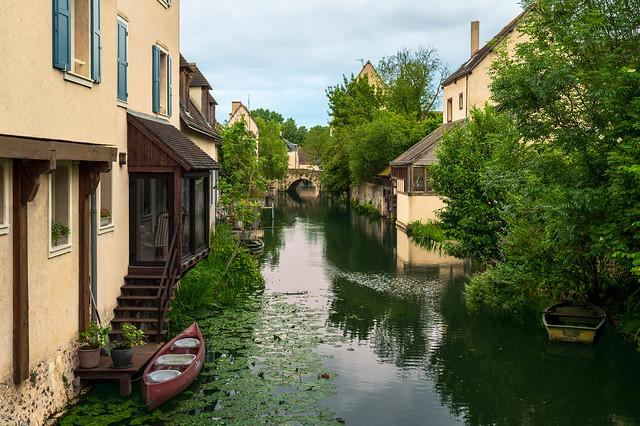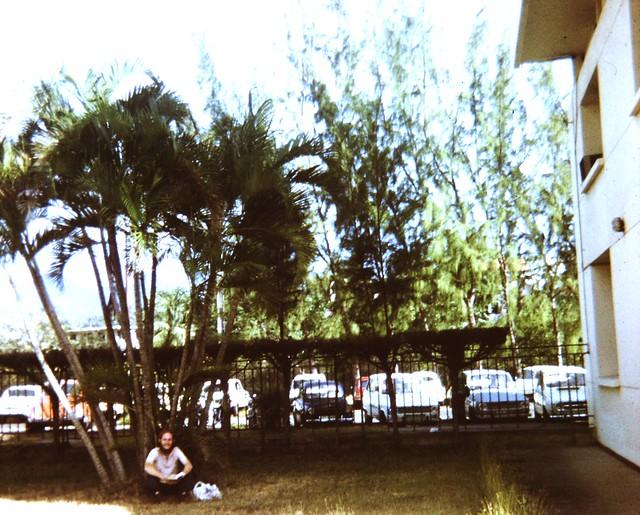Indre
Overview
Overview of Indre, France
Indre is one of the departments in the central region of France, situated in the larger Centre-Val de Loire region. Named after the Indre River, the area is renowned for its tranquil landscapes, including the picturesque Brenne Regional Natural Park known as the "land of a thousand lakes." This serene setting is perfect for those who appreciate nature and peaceful environments. The cultural heritage of Indre is rich with historical sites such as the Château de Valençay and the Château de Bouges, showcasing classical French architecture and beautifully maintained gardens. The region also celebrates traditional French cuisine, offering local specialties such as Pouligny-Saint-Pierre cheese, a must-try for food enthusiasts.
Tourism Season and Activities
The high season for tourism in Indre is typically from late spring to early autumn, peaking in July and August. During these months, the weather is most favorable, with warm temperatures and plenty of sunshine, making it ideal for exploring the outdoors. Visitors can enjoy hiking, cycling, and fishing in the Brenne Regional Natural Park, or take leisurely walks through the historic towns and their markets. Cultural festivals and events, such as the Chopin Festival at Nohant, celebrate the region's rich artistic heritage. For those interested in literature and history, a visit to the George Sand House, where the famous writer lived, is highly recommended.
Preparation for the Trip
Before traveling to Indre, it is advisable for visitors to plan their itinerary in advance, especially during the high season, as accommodations and attractions can get booked up quickly. Packing should include comfortable walking shoes and clothing suitable for variable weather, as evenings can be cool even in summer. Learning a few phrases in French can be incredibly helpful, as the region is less touristy compared to major French cities, and not all locals may speak English fluently. Lastly, ensuring you have a map or GPS is crucial for exploring the rural and less populated areas, where mobile service might be inconsistent.
How It Becomes to This
History not available
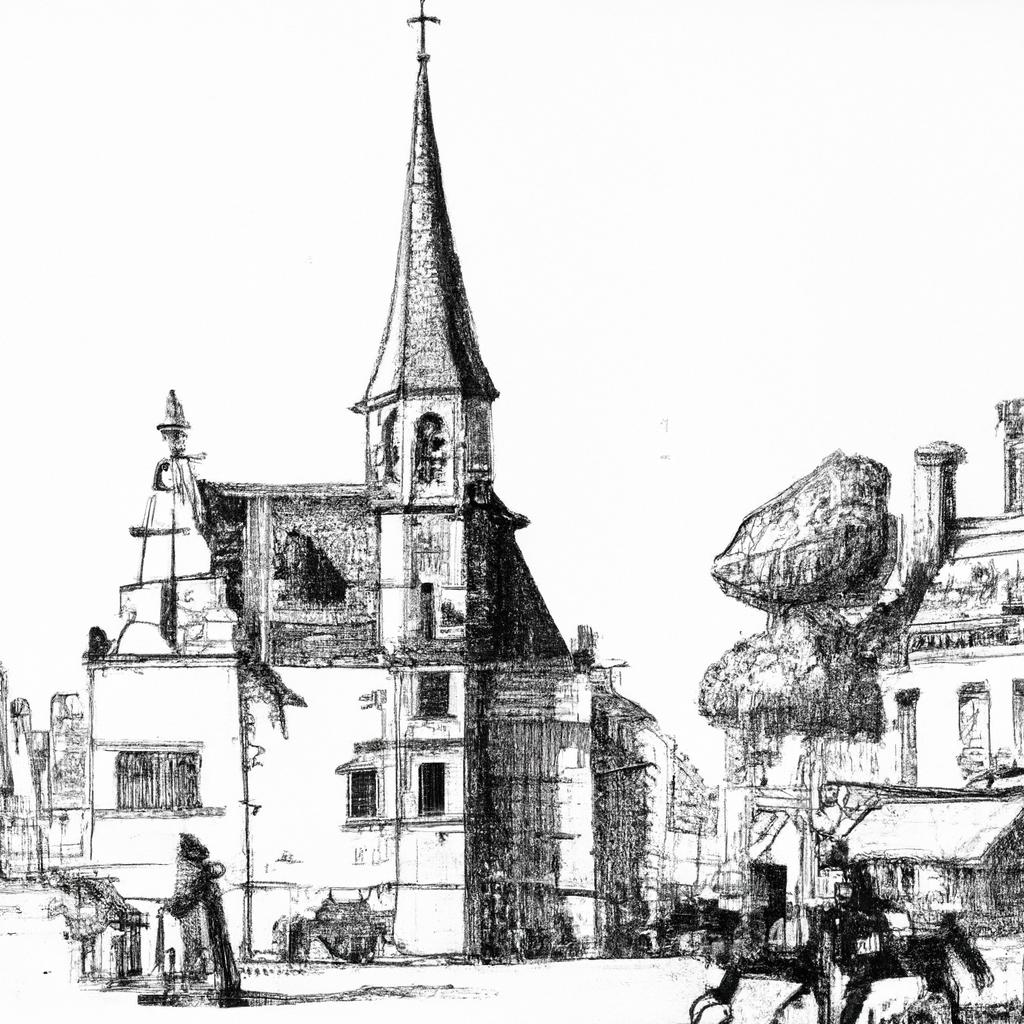
You May Like
Explore other interesting states in France



